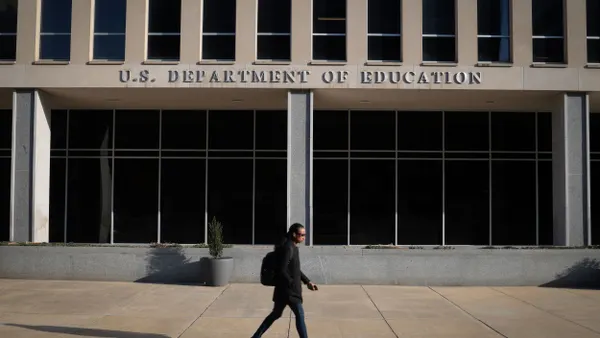Dive Brief:
- Holly Clark believes educators should hear from every student, every day in school, and that technology is a powerful way to amplify their voices.
- The educational strategist turns to tech tools, including Socrative, to help her reach students both inside and outside the classroom, according to EdTech Magazine. Giving students the opportunity to also share with each other opens another avenue for learning, she says.
- These technology tools are helping her draw richer answers to questions from students. Her goal this year is to end multiple choice quizzes, which, she says, offer no insight into students’ thinking.
Dive Insight:
Seeing technology as a magic bullet is a trap educators and administrators must work to avoid. Some tech tools, like computers, are so deeply woven into curriculum that teaching school without them at this point would be difficult to imagine.
But learning does not depend on sensors, circuits and internet connections. Learning happens when children discover a new idea or concept, no matter how it’s delivered or uncovered. Tech tools are never a substitute for the hard work students need to learn and master their lessons.
Still, cloud-based apps and programs, such as Google Docs, are one way to reach students beyond the 50-minute class, offering new ways to hear their thoughts and see their work. Children can upload essays and answer sheets, contribute blog posts and even take part in shared online discussions with each other. Some students are never going to be comfortable raising their hands in class or may need more time to process their thoughts — their voices, then, lost to teachers, their peers and even to themselves.
Administrators want to make sure every child is heard, and their curriculum reaches every student. Technology can be a great tool to help support classroom learning, as long as it’s not seen as a substitute for teaching instead.





 Dive Awards
Dive Awards




